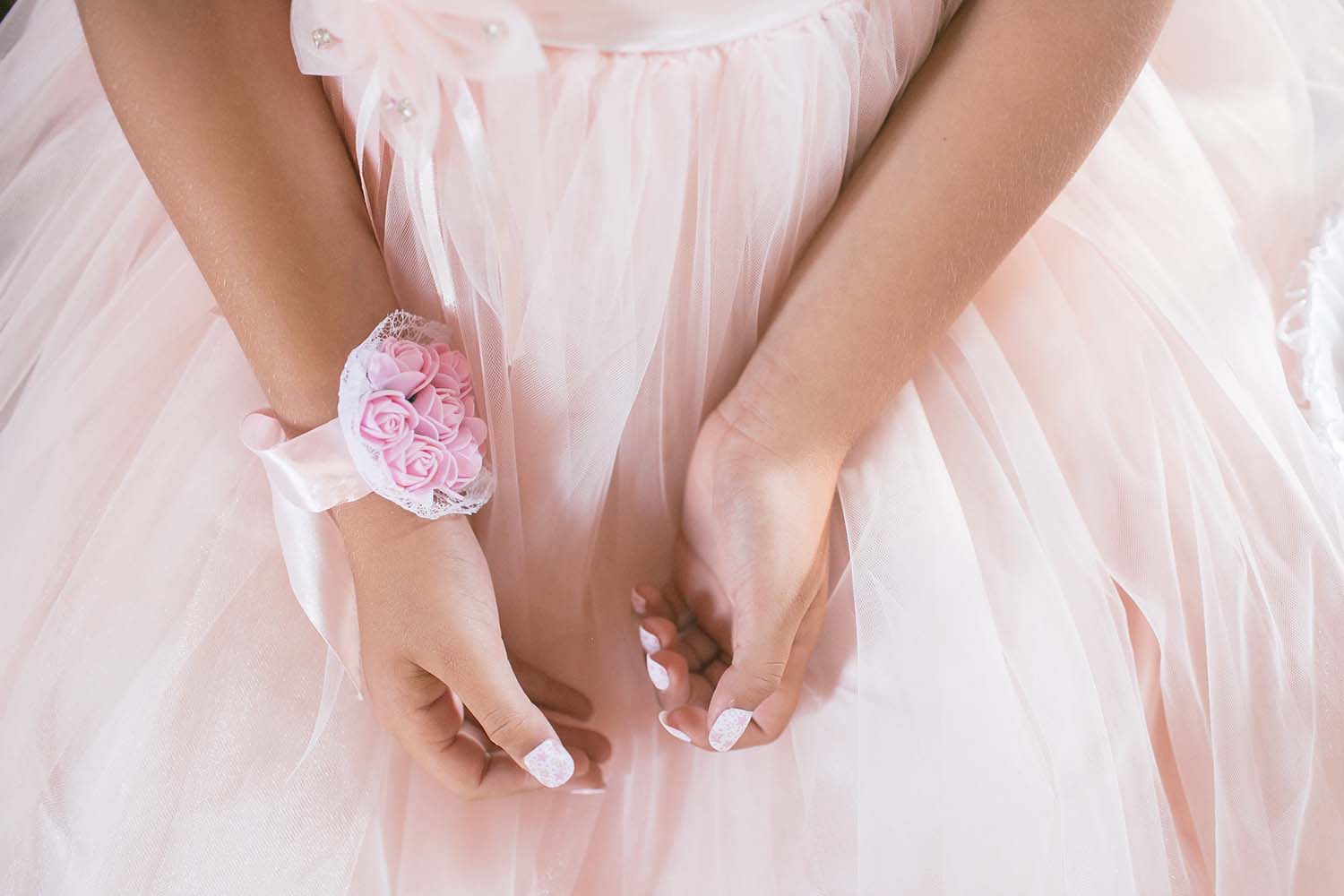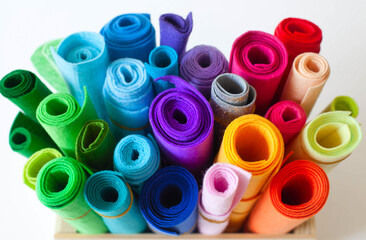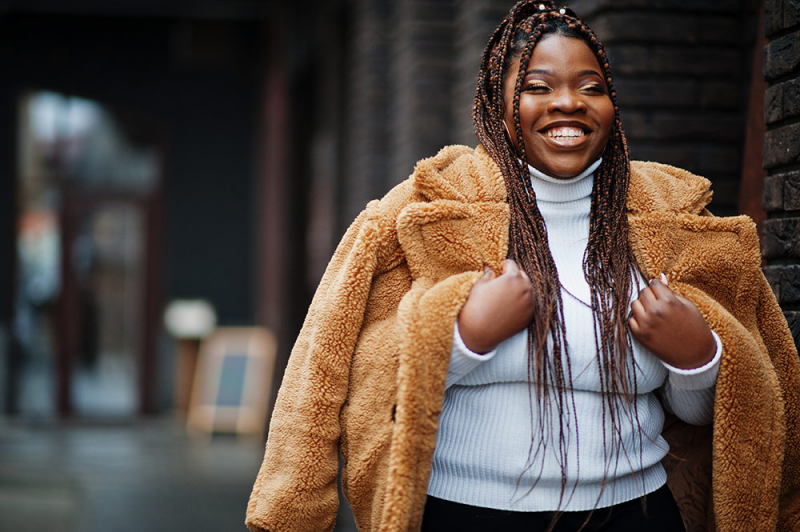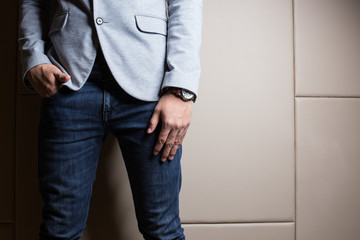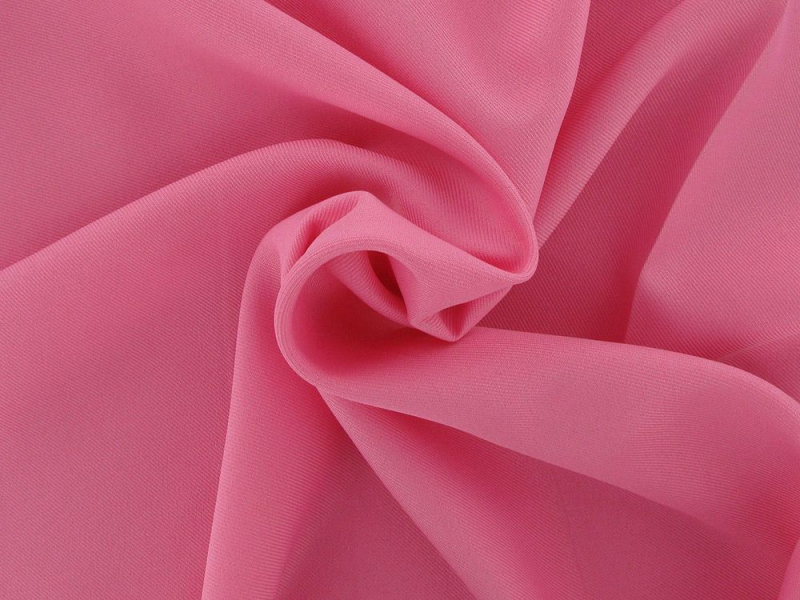What is Organza Fabric? Exploring How It’s Made, Origins and Uses
Organza is a fabric that has many decorative and versatile uses. Some people use it for wedding dresses, some for home decoration, and others for evening wear. Whatever you choose to use organza fabric for, this material has a lightweight and somewhat shiny appearance, making it the perfect choice for bridal gowns and occasionwear.
So let’s explore organza fabric in more detail, including what it is, what it offers, and how it could be a good choice for your next project.
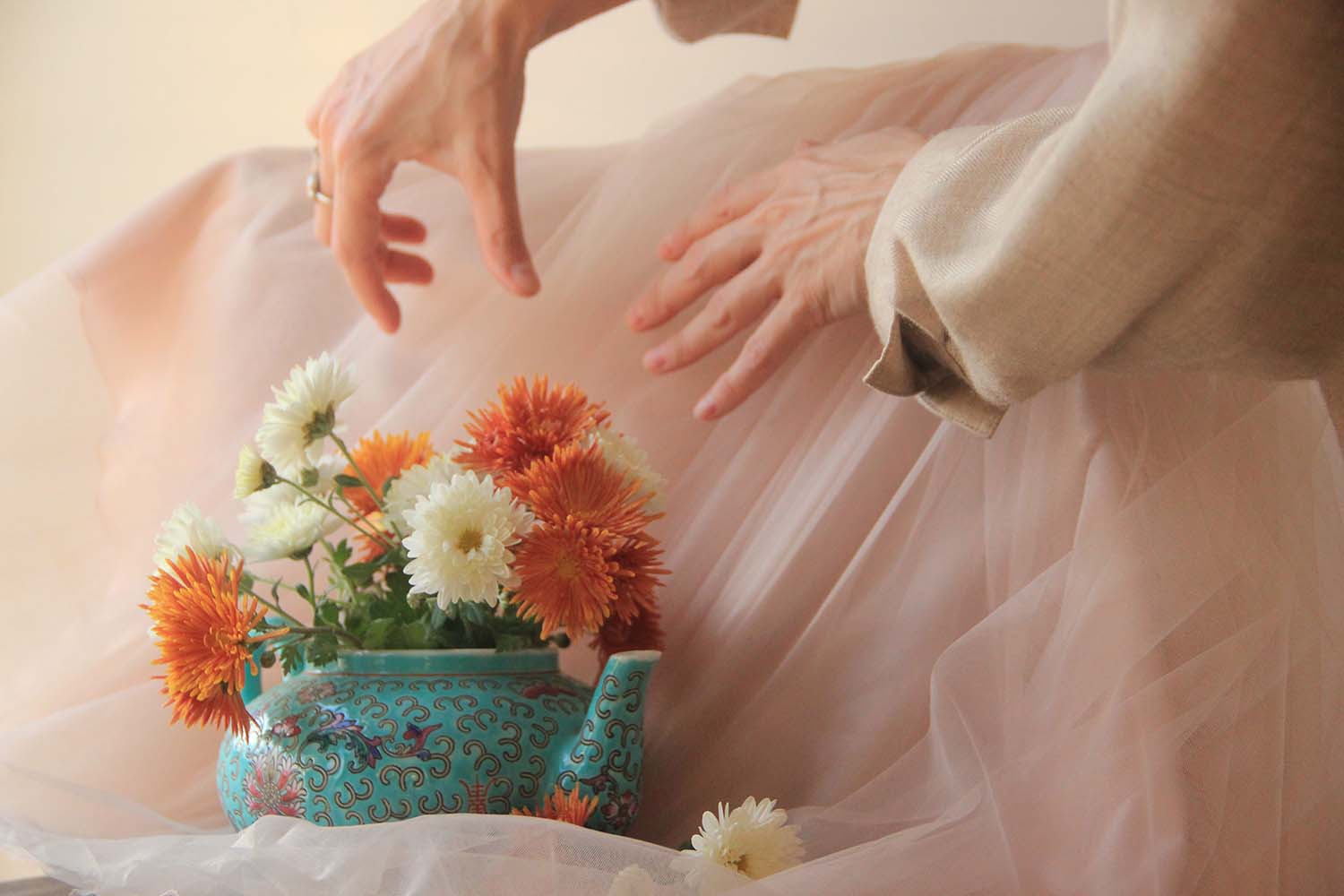
What is organza?
So, what is organza fabric? It is a lightweight, plain-woven, sheer fabric originally made using silk.
Nowadays, the material can be made using synthetic fibres, for example, nylon and polyester. Synthetic fabrics are often much more durable and are used frequently because the fabric is, by design, very delicate. Therefore, it can very easily be torn or damaged.
When we look at organza, we characterise it by the tiny holes seen through the fabric. These holes are the spaces between the warp and weft thread in a plain-weave pattern. As an interesting side note, because these holes are such a core part of the fabric itself, the quality of organza is often denoted by the number of holes per inch - the more gaps that exist, the better the fabric quality.
Traditionally, organza’s characteristics, like the translucent and shimmering qualities, make it an excellent choice for evening gowns and wedding dresses.
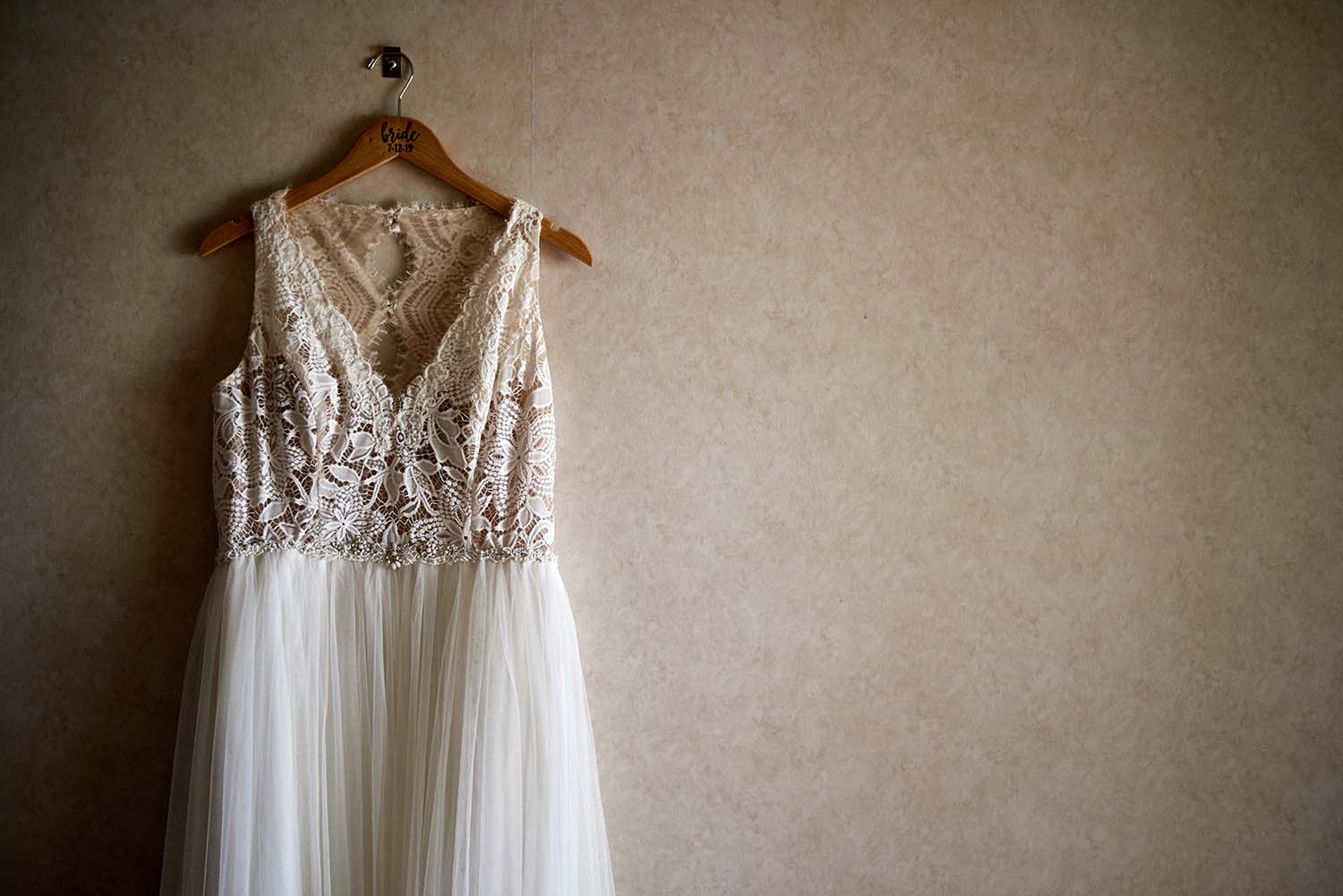
How is organza made?
Like the bulk of silk fabric, organza is often made in China, where silk first came into production. China is still the biggest producer and exporter of organza in modern textile production.
It’s also important to understand that the process used to create organza is precise and complicated. Therefore, the majority of organza is made by hand.
First of all, you have to twist the yarn. Once the filament fibres have been produced, two single threads are taken and twisted tightly in opposite directions to form a yarn.
Secondly, you have to treat the yarn with acid before you can start using it in fabric. This helps to increase the material’s stiffness, which is a crucial characteristic of organza. Some synthetic fibres don’t need to be treated in this fashion because they are naturally quite stiff.
Finally, yarns are woven with the plain weave method, where the warp and weft threads are woven over and under each other, making a criss-cross pattern.
Characteristics of organza
Organza has many characteristics that make it a versatile fabric. These include:
- Highly transparent material
- Fragile and lightweight material
- Organza is a very sheer material, and it reflects light well
- Because organza is treated with acid, it can be very stiff, meaning it’s pretty wiry
- Organza is a highly breathable material, owing to the tiny holes that make up its composition
Types of organza
There are six different types of organza, with the most common known as crystal organza. Others include:
- Mirror organza
- Satin organza
- Crushed organza
- Shot organza
- Embroidered organza
Each type of organza has different characteristics, including variations in quality and appearance.
How organza is used
So, while it is true that organza is a staple in formal wear, it’s also used in home design and costumes. Let’s take a look at the top uses.
First of all, we have eveningwear. Organza is often layered with more opaque fabrics like silk or satin to add dimension to prom dresses and evening gowns.
Second, organza is used in bridal gowns because the smooth and shiny material creates full silhouettes that look great in photos.
Finally, organza is used a lot in home accessories. It’s a very decorative fabric, and you can use it in many ways, like table runners and sheer curtains. You can also use it to decorate events.
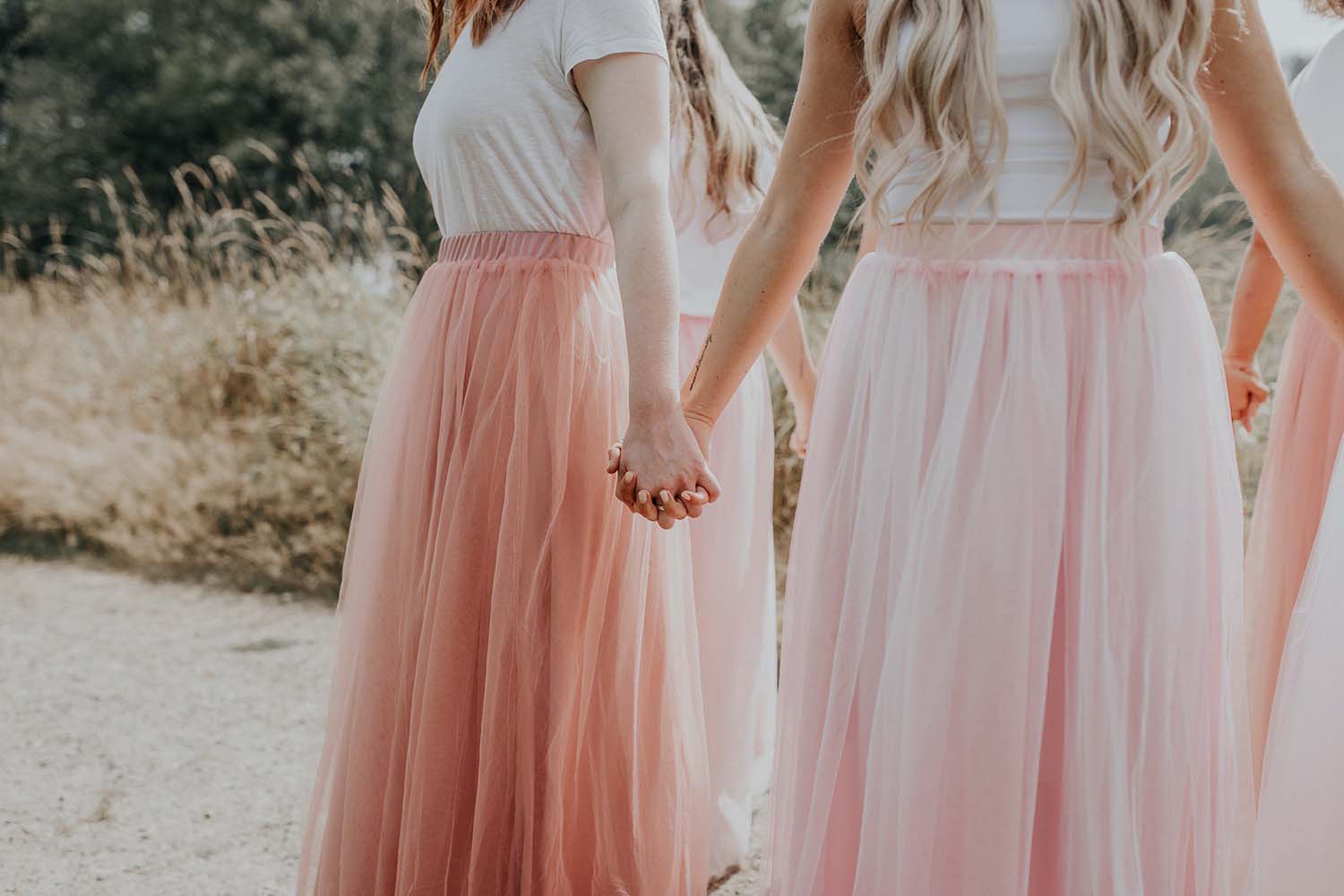
Organza sewing projects
Organza can be used in many different ways. It’s a very flexible fabric. However, you have to be mindful of its delicate composition, as sewing with it can present some challenges.
Summer is the perfect season to create pretty garments using organza. Its look and texture create an ‘haute couture’ vibe, yet the material itself is really affordable and ideal for home sewing projects. So why not start with a tulle skirt for a simple yet elegant addition to your wardrobe.
There are many colours to choose from, including traditional bridal colours of ivory and white. Plus, brighter shades for fun craft and clothing patterns. Take a look at our range for more inspiration.

